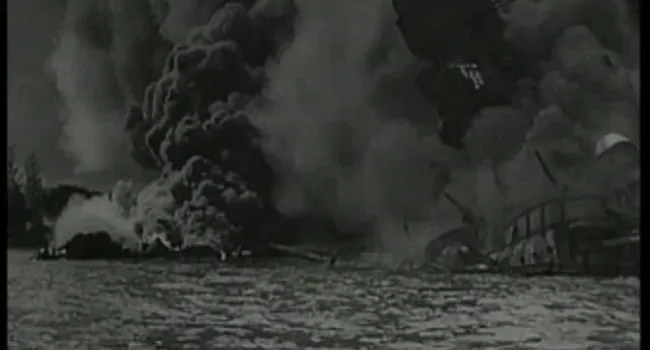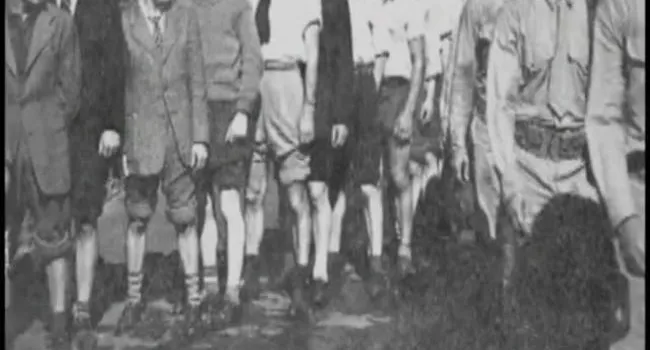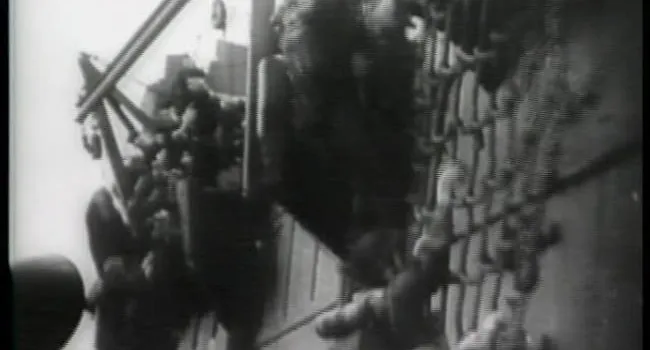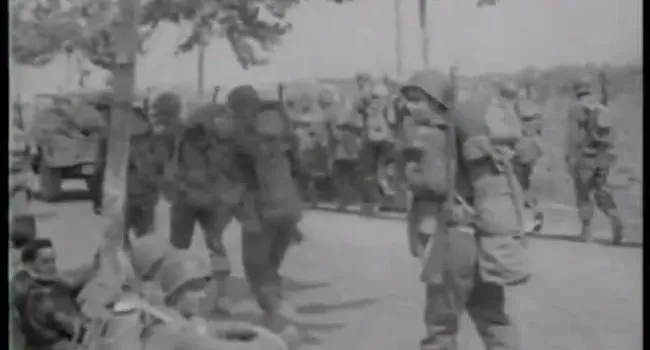Kaltura
Sixteen million men and women joined the armed services. Women went to work in industry to support the war effort. Women received training to prepare them for jobs that were needed by the military, including hydraulics (to be a propeller mechanic), and code-breaking.
Standards
- 8.5.E Utilize a variety of primary and secondary sources to analyze multiple perspectives on the cultural changes in South Carolina and the U.S.
- 8.5.CO Compare South Carolina and U.S. wartime contributions and demobilization after World War II.
- USHC.4.CC Examine the continuity and changes on the U.S. homefront surrounding World War I and World War II.
Dieciséis millones de hombres y mujeres se unieron a las fuerzas armadas. Las mujeres empezaron a trabajar en la industria para apoyar el esfuerzo bélico. Las mujeres recibieron capacitación para prepararlas para los trabajos que necesitaban las fuerzas armadas, incluida la hidráulica (para ser mecánicas de hélices) y el descifrado de códigos.







